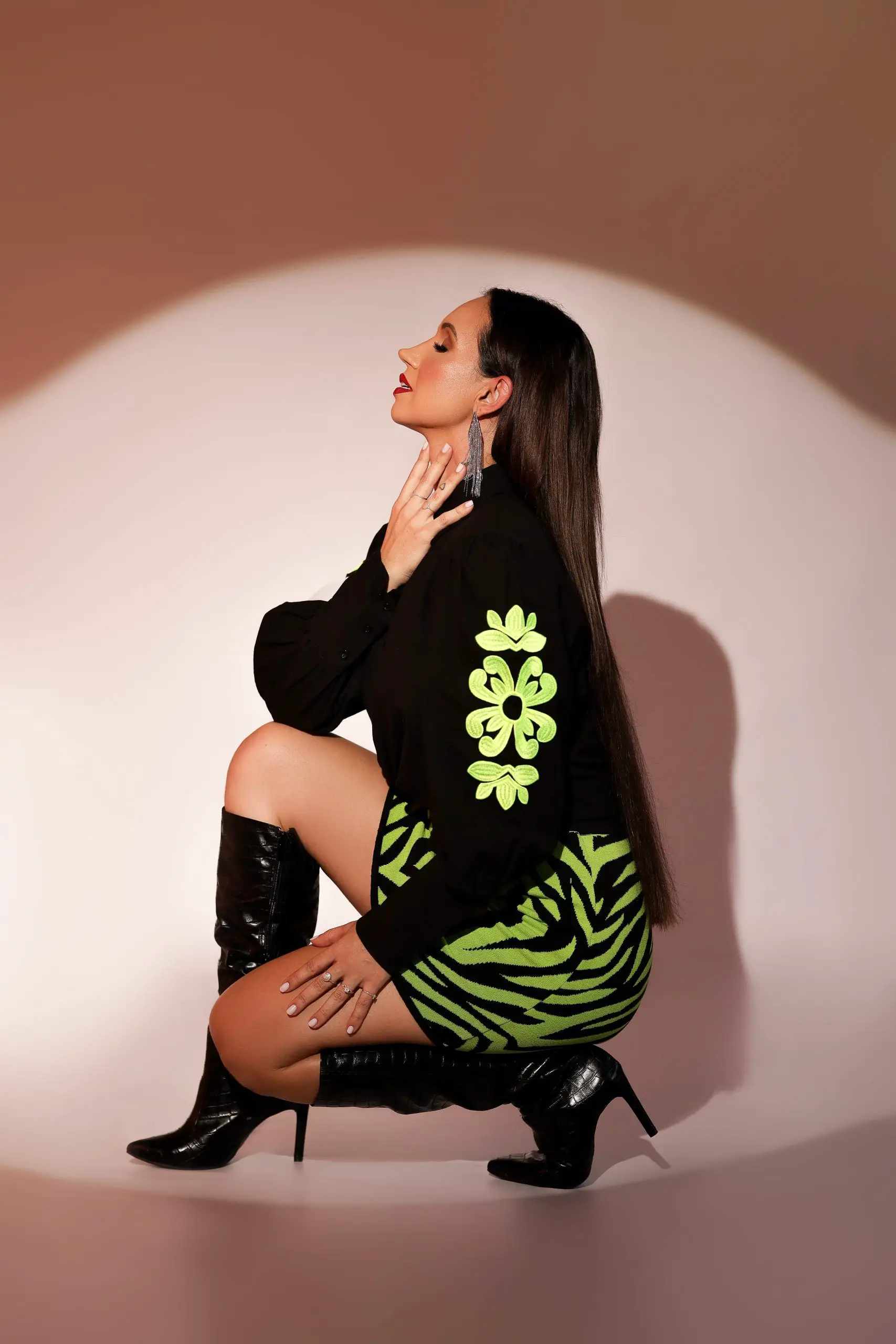Contents
Fashions of the fourth era
The fashion industry between the 1950s and the early 2000s is referred to as the fourth era of fashion, post-modern fashion, or post-war fashion. Fashion underwent a significant metamorphosis during this time, moving from the traditional, structured designs of the 1950s to the more free-flowing, eclectic trends of the 2000s. Several enduringly fashionable designers, styles, and trends emerged during this time.
Types of Fashion of the Fourth Era
Minimalism: Minimalism is a style of fashion that focuses on simplicity and clean lines. It involves using fewer pieces of clothing, with minimal ornamentation, to create an effortless and timeless aesthetic. It is often associated with neutral colors and monochromatic tones.
Streetwear: Streetwear originated in the 1980s as a subculture of skateboarders and hip-hop fans. Bold prints, bright colors and statement pieces characterize it. It is often inspired by music, art and street culture.
Ethical Fashion: Ethical fashion is a movement that focuses on creating clothing in an environmentally and socially responsible way. It involves using sustainable materials, such as organic cotton, bamboo and hemp, and ensuring workers are treated fairly and paid a living wage.
Styles that defined the Fourth Era
The 70s: During the 1970s, fashion saw a significant shift away from the structured and tailored styles of the 1950s and 1960s. Instead, the decade was defined by relaxed silhouettes, bright colors and bold prints. Popular styles included bell-bottom jeans, maxi dresses and jumpsuits.
The 80s: The 1980s were characterized by bright, neon colors and bold prints. Popular styles included leg warmers, leg-length leggings, ripped jeans and shoulder-padded blazers. The decade also saw the emergence of high-end designers, such as Calvin Klein and Donna Karan.
The 90s: The 1990s were a time of minimalism and minimalistic styling. Popular items included slip dresses, crop tops, chokers, and combat boots. The decade also saw the rise of grunge and hip-hop fashion, heavily influenced by music and street culture.
Designers that defined the Fourth Era
Vivienne Westwood: Vivienne Westwood is a British fashion designer known for her avant-garde designs and punk-inspired style. She is credited with creating the punk look, characterized by ripped jeans, safety pins, tartan prints, and platform shoes.
Karl Lagerfeld: Karl Lagerfeld is a German fashion designer known for his modern and innovative designs. He is credited with popularizing the “little black dress” and is the creative director of the iconic fashion house Chanel.
Issey Miyake: Issey Miyake is a Japanese fashion designer known for his innovative use of fabric and technology. He is credited with creating “A-POC,” a fabric made from recycled materials that can be cut and sewn into clothing without needing pattern-making or sewing.
Trends that Defined the Fourth Era
Animal Prints: Animal prints, such as leopard, zebra, and snake, were popular throughout the fourth fashion era. They were often used to add a touch of glamour to an outfit and were commonly seen on coats, dresses, and accessories.
Neon Colors: Neon colors, such as pink, orange and yellow, were popular in the 1980s and 1990s. They were often used to create bold, vibrant outfits and were commonly seen on accessories like sunglasses and jewelry.
Power Dressing: Power dressing was famous in the 1980s and 1990s. It involved wearing tailored suits and statement pieces like shoulder pads to create a powerful and professional look.
How the Fourth Era Influenced Today’s Fashion
Eco-Friendly Materials: The fourth era of fashion saw the emergence of eco-friendly materials, such as organic cotton and bamboo. These materials are now widely used in the fashion industry and help reduce environmental impacts.
Sustainable Design: Sustainable design is a concept that focuses on creating clothing that does not harm the environment. It involves using recycled materials, reducing energy consumption, and using renewable energy sources.
Sustainable Teen Fashion in New Era in 2022
Gender-Neutral Clothing: Gender-neutral clothing is a style not designed to be associated with any particular gender. It was popularized in the 1990s and is now widely available in stores.
Conclusion on fashions of the fourth era
The fourth era of fashion was a time of immense creativity and innovation. It saw the emergence of iconic designers, styles, and trends that are still popular today. From minimalism to power dressing, the fourth era of fashion profoundly influenced today’s fashion industry.
07 Affordable ways to build a sustainable wardrobe
Frequently Asked Questions
Q: What is the fourth era of fashion?
A: The period between the year 1950 and the beginning of the 2000s is referred to as the fourth golden age of fashion. As it transitioned from the stiff and rigid designs of the 1950s to the more casual and diverse trends of the 2000s, fashion underwent a significant alteration.
Q: What are some iconic fashion styles of the fourth era?
A: Some iconic fashion styles of the fourth era include animal prints, neon colors, power dressing, minimalism, streetwear and ethical fashion.
Q: Who are some iconic designers of the fourth era?
A: Some iconic designers of the fourth era include Vivienne Westwood, Karl Lagerfeld and Issey Miyake.
Q: How has the fourth era of fashion influenced today’s fashion?
A: The fourth fashion era has profoundly influenced today’s fashion industry. It has led to the emergence of eco-friendly materials, sustainable design and gender-neutral clothing.
Q: What were some of the most popular trends of the fourth era?
A: Some of the most popular trends of the fourth era include animal prints, neon colors, power dressing, minimalism, streetwear and ethics.

